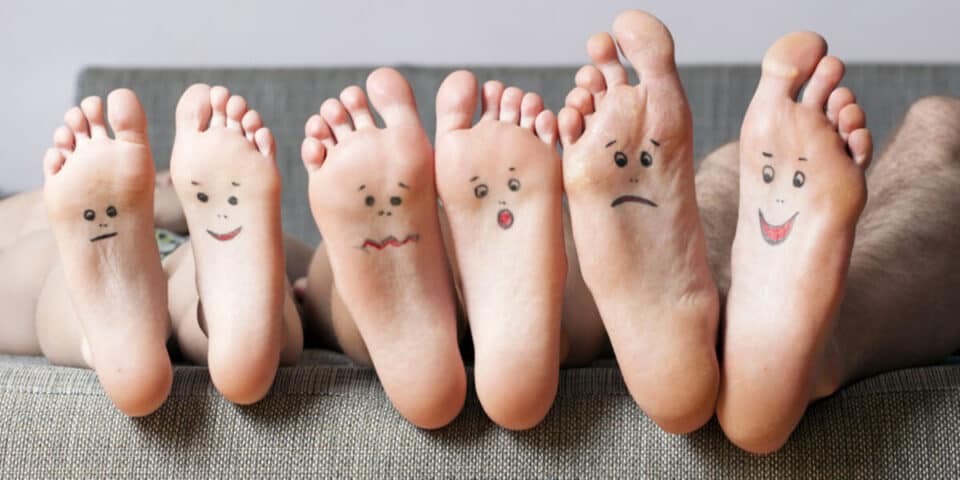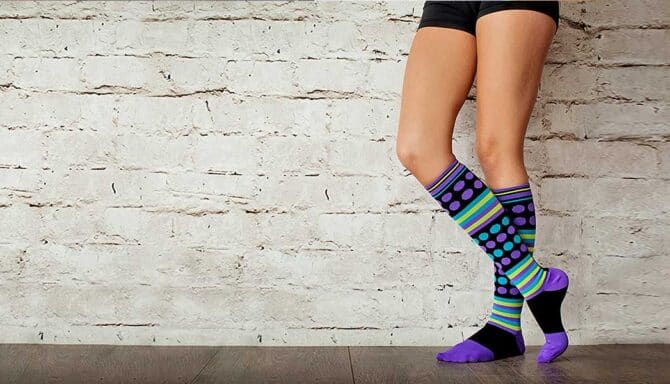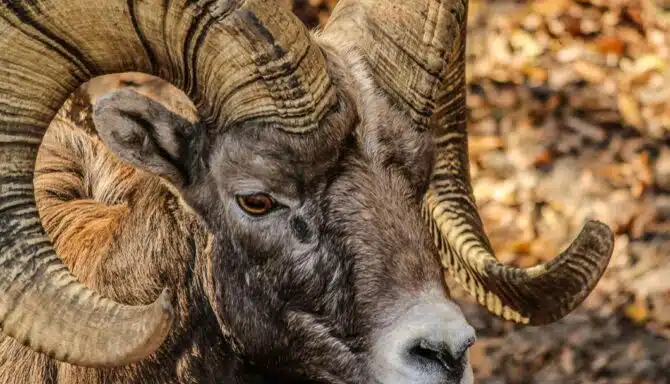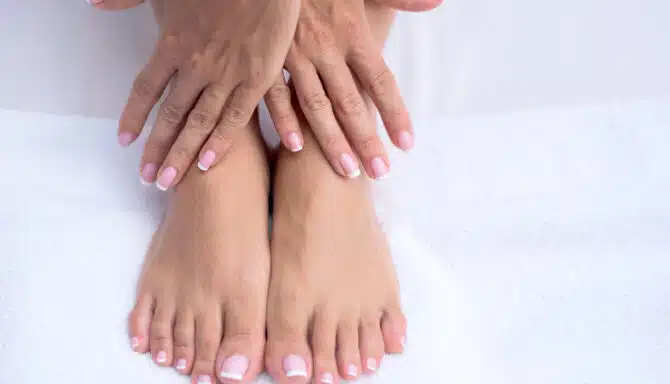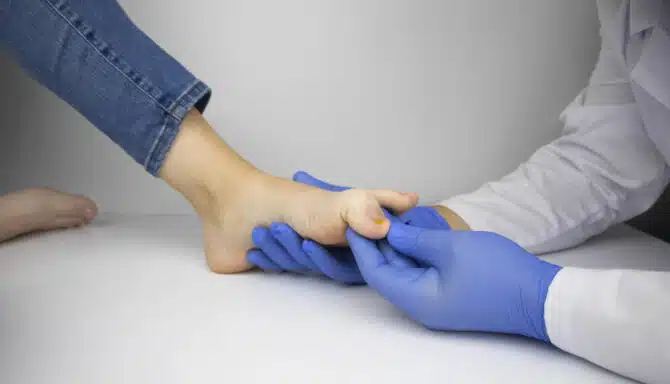When it comes to a common foot condition, it’s not just the classic sources of pain – plantar fasciitis, athlete’s foot or shin splints – that can persist, over and over. Have you ever experienced a black toenail? Or a toenail that fell off? It’s more common than you may have originally thought.
Black toenails especially when exercise-induced are often rooted in the blistering, bleeding or bruising underneath your toenail(s) and can be attributed to a number of factors. Sometimes, the discolouring is localized to one area of the nail, and the bleeding is minor, while other times, the entire toenail is discoloured. In the latter case, it’s not uncommon for the nail, now dead, to fall off, with a new one eventually to take its place, which can take several months.
Yes, black toenails can hurt. Yes, they look rather unsettling. And yes, they can happen. So, here’s what to know about – and what to do when you get – Black Toenails and how to prevent them from happening again.
Common Foot Condition Cause 1: Repeated Use
First, repetitive trauma can result in black toenails. In other words, repeated friction or rubbing of the area can lead to blisters forming underneath the toenail. Often, ill-fitting shoes are the cause of this, due to either reduced or excess area in the toe box. Alternatively, moisture on your feet and in the shoes can cause excessive movement meaning additional friction is occurring. This can be from running, or even walking, especially if you have a high daily step count. Runners are particularly susceptible to getting black toenails, especially those who run longer distances and train for marathons and ultra marathons due to higher volume and increased intensity, because of the forward pressure applied to the feet on impact and takeoff.
Alternatively, the underlying problem may not be your shoes at all. The fit of the shoe could be fine, but rather the excessive pressure is caused by other variables. What about socks? The thicker the socks, the more moisture they’re going to absorb, and the less room your feet will have in shoes, increasing the likelihood of friction between your toes and the shoe’s outer material and toe box. All major sportswear brands manufacture moisture-wicking socks since the socks are performance-based.
Or, it may be the way you tie your shoelaces, which may cause undue stress on certain parts of your foot. Different Lacing Techniques include diagonal lacing, loop lacing, cross-over lacing, skip lacing, speed lacing and extra eyelet lacing, all of which serve different purposes and vary in pressure across the foot. In case you’re unsure of the size, or Types of Footwear to buy, visit us in person.
Keeping your toenails clipped to a safe-but-not-too-short length (which in and of itself can be a problem if your nails are trimmed improperly, or too short), dry and clean can also help reduce the frequency of blisters and ultimately black toenails. For more tips and an in-person consultation, visit a foot specialist at Toronto’s Feet First Clinic.
Common Foot Condition Cause 2: One-time Trauma
Second, there’s one-time impact, which can be from something as simple as dropping an object on your foot. Blood vessels can break, causing bleeding underneath your toe, thus turning your toenail black. This is referred to as subungual hematoma.
Fortunately, if the underlying problem is from one of the above two scenarios, time will allow for the toenail to grow out, and you can clip them every so often and take a fraction off the nail each time. Eventually, the blackened portion of the toenail will be reduced, until the area returns to pre-existing condition. Generally, one-time trauma (if minor) and repetitive use do not require medical attention, unless you want to drain the blood pooled underneath the toenail, then it’s best for a chiropodist to do so. This is to relieve the pressure between the nail and the underlying area. (Some decide to drain the blood at home, but you should proceed with caution when draining blood from beneath the nail. Others recommend using a tiny drill-bit, if you feel so inclined to take matters into your own hands. If you do end up draining the blood yourself, ensure the sharp object is sterile.)
In general, it’s recommended that you limit the amount of nail polish you apply to the toenail, even if you want to cover up the discolouring, because it limits the breathing the nail can do. Toenail condition can deteriorate quickly if it’s not given the proper treatment, so that’s something to keep in mind if you’re concerned about the aesthetic. (Oddly enough, some runners consider black toenails as a sort of right of passage, given that it may mean they’re training harder than they ever have before.)
However, if the trauma is serious enough, the toenail may fall off entirely. Reminder: toenails take weeks, not days, to grow back. If there’s no bleeding involved, it’s safe to leave it be. If the toenail is only partially off, clip it down so it doesn’t get caught on a sock, and ripped off. Be patient and let your body run its course.
In any case which the pain increases, there is excessive bleeding or signs of infection, seek medical treatment from a professional.
Common Foot Condition Cause 3: Other
If the discolouring of your foot ranges from more than just black, as a result of trauma, then consult a medical professional and head to your doctor for treatment. A black toenail could also be a fungal infection, and can be treated with oral medication over a period of a few months.
Your Footcare Needs Live Here
To prevent exercise-induced black toenails, and for all of your footcare needs, visit Toronto’s Feet First Clinic.
We’re confident in our ability to help inform you and solve your concern with the least amount of discomfort as possible. Call us even to ask about a quick question and we’d be happy to point you in the right direction! Call us at 416-769-3338 or Click Above to Book Your Assessment Today!
